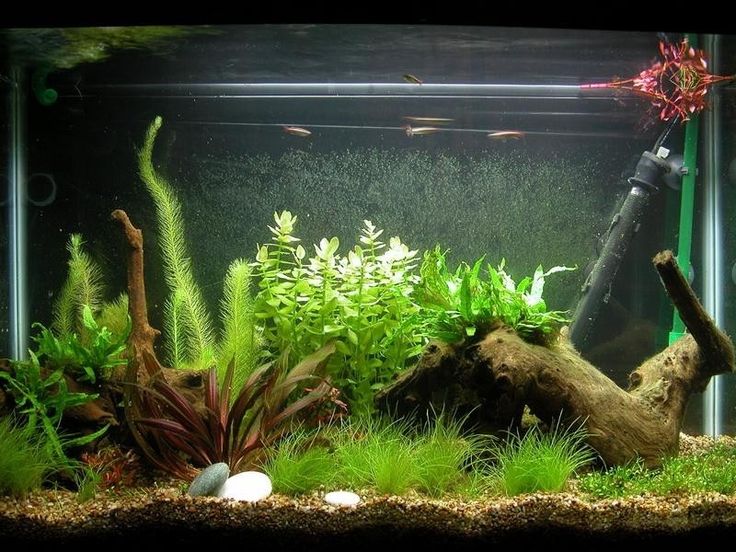Creating a great looking aquascape takes a variety of abilities. Professional aquascapers, such as Josh Sim of Malaysia and others, utilize depth perspective, perspective, as well as techniques for arranging rocks to create their aquascapes.
Substrate layering is a great way to ensure stability and encourages plant growth. Select the best substrate that fits your aesthetic and your light needs.
Aquarium Layout Plans
The first step in aquascaping is determining the design of the aquarium. The aquarist selects the theme and arrange the hardscape, plants, and fish in accordance with the theme. The theme should be reflected also in the substrate choice.
There are a variety of ways to layout a tank Each aquarist has their own favorite. There are some guidelines that can be helpful. For instance, a great rule of thumb is to make the tank’s negative area (space that isn’t covered by plant or hardscape) about two thirds of its surface. This will create an illusion of depth.
Contrast is yet another crucial concept. You can achieve this by changing the color, size and form of the various elements of the tank. This creates a sense of depth, and also attracts the eye of the viewer throughout the scene. Focal points, such as a large piece of driftwood or an unusually shaped rock, are used to grab the attention of viewers and serve as anchors for the whole aquarium layout. Aquarists who follow these simple rules can create an aquarium that draws viewers into an exciting underwater world.
Substrate
The material that lines the bottom of a tank is called substrate. It can have an impact on plant growth and aquarium aesthetics. There are many choices, from brightly colored gravel to match a castle theme or mermaid theme for aquariums for kids to more natural brown sand that blends with driftwood and aquatic plant. It is crucial to take into account size, color and the degree of reactivity with water, in addition to its effect on fish, when selecting a substrate for your aquarium.
In general, it is recommended to choose a substrate which is not too thick. Thick substrate can limit the growth of your plants, can block filters, and is difficult to clean. The colour of the substrate is also a personal preference. The bright colors of the substrate can make light-colored fish stand out, but can cause fear in some fish. Dark substrates will increase the colors of fish and are best for fish with darker colors. You could also create a “decreasing-in-size” arrangement by scaping focal rocks as well as driftwood by using larger materials. Then use smaller gravel for the remainder of your substrate.
Aquatic Plants
The aquatic plants do not just give an aquarium a natural appearance They also absorb ammonia and provide oxygen for fish and other invertebrates. They also provide shelter and spawning sites for many species of fish. They also aid in controlling algae growth, and stabilize the pH of the tank’s the water.
The best way to pick the right aquatic plant for your tank is to go to an aquarium retailer that has live plants available. Avoid stores that sell nonaquatic plants in their aquatic department. These won’t last and are likely to end up dying after a short time.
There are numerous aquatic plants that are available to the avid aquarist, such as the carpeting, moss, and stem species. They are usually derived from tissue culture, which makes them an ideal choice for novices. Takashi Amano has made the species of riccia, also known as dwarf hairgrass, famous. These plants can be used in saltwater or freshwater aquariums. They can be cultivated emersed or submerged, based on the type of aquarium they prefer.

Rock and Driftwood are placed
Aquascapes are not complete without driftwood and stones. They create an environment that is natural and add layers for the aquarium. Natural elements also permit you to create focal points within your aquarium that draw the eye. Focal points can be anything from a huge piece of driftwood to an unique rock shape or shadowing.
Driftwood should be carefully placed in the aquascape to ensure that tannins don’t leach into the water of your aquarium. This could harm aquatic plants. Driftwood must also be the right size for the tank. The larger pieces of driftwood are more noticeable and can add height to your tank, whereas smaller pieces could be utilized to fill gaps and provide visual interest.
Large pieces of wood can be used as the appearance of a mountain or cliff within your aquascape, while a smaller piece could be used to make a cave. Using color contrasts to create depth is essential. For instance, a mixture of small and large rocks, as well as different hues will make your aquascape appear more natural.
Aquarium Water Chemistry and Filtration
The final stage of aquascaping is to ensure the thiet ke be hai san cho nha hang aquarium’s water quality and chemical balance. This requires frequent water changing and plant-trimming as well as precise balancing of light, CO2 and nutrients. To achieve this, you must make use of various filter media such as carbon, GFO, and synthetic polymers that absorb specific dissolved contaminants.
Layering is a vital aquascaping technique that creates depth and perspective in the aquarium. It’s essential to include diverse plants both in the background as well as foreground. This gives authenticity and appeal to the scene, and allows viewers to be immersed in the aquarium’s landscape.
The rule of thirds is an easy yet effective method of achieving this. It involves creating an imaginary grid composed of two horizontal and two vertical lines over the aquarium’s surface in order to split it into nine sections. Making focal points along these lines or at the places where they intersect can help you avoid symmetry, and will make sure that your aquarium is interesting and dynamic.
